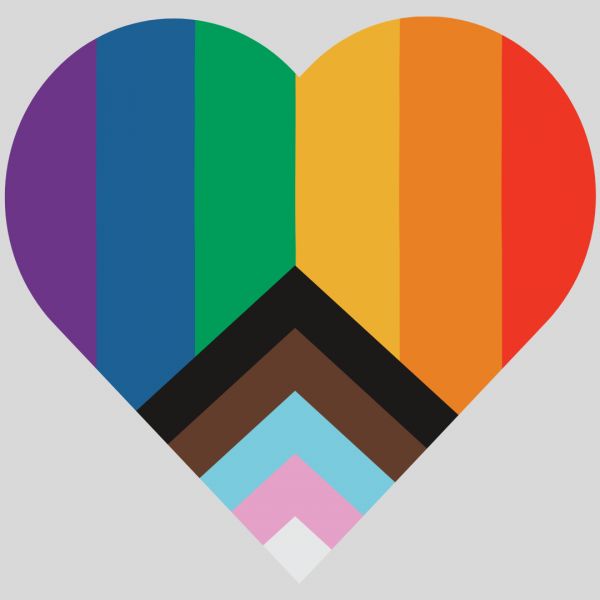Is your treatment menu, website and marketing all-inclusive or are you alienating some clientele without even realising it?
At the BABTAC conference, Sam Marshall, Beauty Expert and Trans Awareness Educator at Be Trans Aware and Dija Ayodele, Aesthetic Skin Health Specialist and founder of Black Skin Directory led an eye-opening discussion about how the beauty industry, despite being recognised as a cater-to-all industry can actually be extremely short-sighted when it comes to inclusivity.
“We are all quite good now at adding mature clients and men to our marketing but have you thought about gay couples, gender diverse or androgynous models?” says Sam. “A lot of people probably think they’re inclusive when in fact their website, social media, language and messaging isn’t at all. Awareness is the start and once you understand the what and the why, you’ll be able to work out the how moving forward.”
The same can be said for people of colour. “There’s still a confusion around what you can and can’t say and trainees are scared about treating skin of colour,” admits Dija. “At college students should have to treat a mixed clientele but they aren’t and they’re not taught about melanin so it comes down to the individual to get educated.”
Learn the language
Consultation and booking forms are incredibly helpful with regards to identifying your clients’ gender, race and how they like to be addressed. Timely is the first booking system to add pronouns (she/her, he/him, they/them, ze/hir) and all it takes is a quick tweak and you’ll be immediately in tune with your clients’ wants and needs. It also removes any potential awkwardness in an appointment – for example intimate waxing when the last thing you want as a therapist is to feel unprepared or under pressure.
Adding ethnicity to your consultation form can also give you a clearer picture of what type of skin you might be treating. “If you put it on your booking form, it gives you a heads up – I like to know as much about my client’s beforehand as possible,” admits Dija.
Common mistakes
Misgendering, assuming, asking inappropriate questions are some of the biggest mistakes and is exactly what Sam’s educational course teaches people to avoid. It’s also imperative that if you’re working in a salon, everyone has the same education and standards. “Training one person can be great, but if the rest of the team aren’t trans aware then you are risking that safe place not being safe. Your team might unknowingly misgender or upset a trans person and the trauma that can do is incomprehensible.”
Easy wins are making sure that your staff (and you) are taught to treat a mixed clientele; use the term ‘gender neutral’ rather than ‘unisex’ and choose diverse imagery throughout your marketing and social media. This will be the determining factor for many potential clients to identify if you’re a safe space for them and will make them feel comfortable in the salon environment, especially because people who are trans or non-binary will have researched and analysed your business beforehand. And if you’re including a rainbow flag, ensure it’s the progressive version covering the entire LGBTQIA+ community as well as understanding what it means and why it’s there.
The same goes for using people of colour in your marketing and social campaigns and look at your client journey from start to finish to check that you’re being inclusive every step of the way “If someone who doesn’t look like you walks in, think about the first things they would see. What imagery are you using? Does your language refer to darker skin tones? Are the products and treatments you’re offering suitable for darker skin tones or is it just a blanket approach,” says Dija.
When it goes wrong
Addressing people using terms like ‘hi ladies’ and tokenism is Sam’s bugbear. “It’s pride month in June and we see so many companies jumping on the bandwagon but they can get it so wrong. I’ve seen someone use the greeting ‘ladies and gentlemen welcome to…’ before which just shows such a massive lack of understanding.”
Dija also flags up that when it comes to skin of colour, if you’re not sure how to address them it’s best to ask ‘how should I refer to you’ so as not to cause offense eg black skin/dual heritage etc.
Key learnings
Add pronouns, look at how you’re representing your business, keep an open mind and educate yourself are the big takeaways here. Enrolling on a course like Sam’s Be Trans Aware or Dija’s A Practical Guide to Treating Skin of Colour are other no-brainers and will give you and your team the confidence to interact with any and every client. “I’ll happily admit I got most of this wrong at some point and as therapists, all we want to do is make people feel amazing but it’s the willingness to try that’s the most important part. We don’t know what we don’t know and it’s ok to admit that.” concludes Sam. While it is still remains a challenging time for our sector, broadening your salon’s scope and welcoming as many different clients as possible is not only the right thing to do but also makes good business sense too.
For more information on the Be Trans Aware courses visit betransaware.co.uk. BABTAC members who book and complete the course will receive a free window sticker to showcase that your beauty business is inclusive.
For the Practical Guide to Treating Skin of Colour course go to training.blackskindirectory.com.

